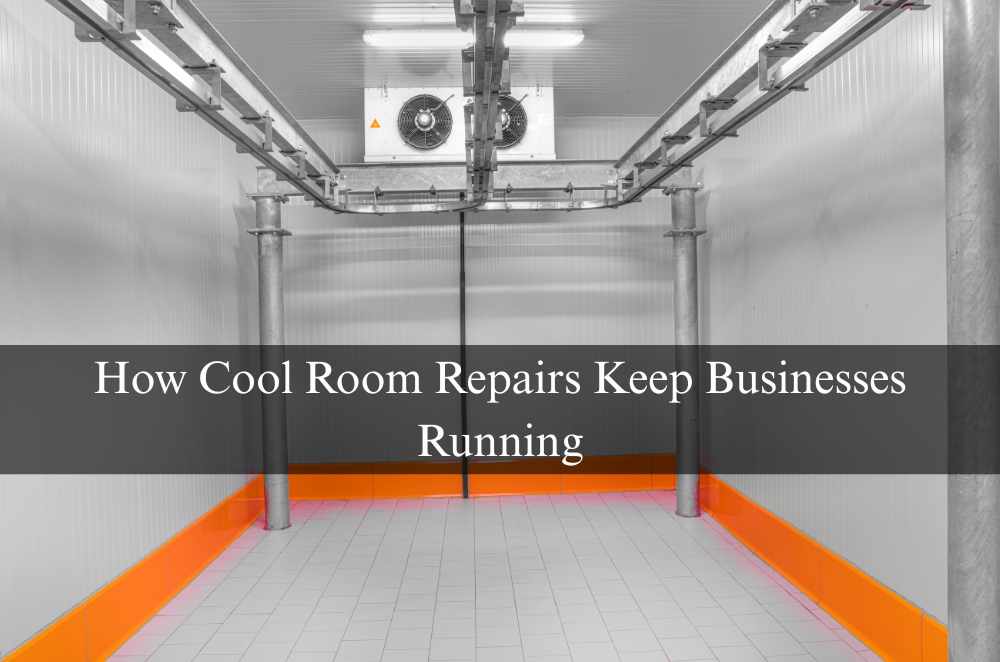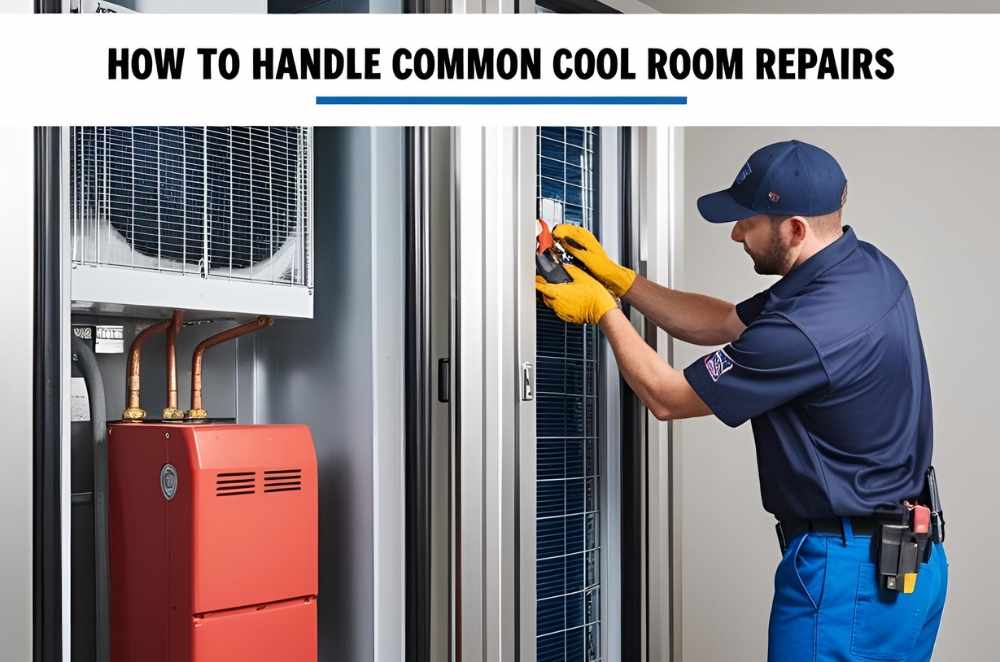
When your cooling system fails, the cost isn't just a repair bill. It’s spoiled stock, halted workflow, and the scramble to avoid health code breaches. For many businesses — from cafés and florists to butcher shops and biotech labs — the cool room is more than just a box with a compressor. It’s the quiet engine that keeps operations humming behind the scenes.
After a frantic weekend repair in our own shop, we learned just how vital these systems are. The technician called it “a routine failure.” But to us? It was a hard lesson in prevention, responsiveness, and the value of expert cool room repairs Sydney locals rely on.
Whether you run a large hospitality venue or a single-fridge kitchen, here’s how cool room maintenance impacts your bottom line — and how to avoid costly surprises.
Small malfunctions that become big disruptions
Cool rooms are typically reliable — until they’re not. The early signs can be subtle: a slight temperature drift, condensation pooling at the door, or the motor sounding “off.” Most people overlook these. We did too.
Then came the warning light. Then the smell. Then the invoice.
What seemed like a minor issue ended in a 48-hour shutdown and thousands in waste. It turns out many repairs could have been handled proactively — if we’d paid attention to:
Door seal integrity
Thermostat calibration
Fan performance and airflow
Condenser coil cleanliness
Unusual power fluctuations or short-cycling
A proper repair isn't just swapping a part — it’s diagnosing systemic stress. And doing it before the whole room fails.
Energy waste is a hidden cost of inaction
The cool room doesn’t just preserve food — it eats power too. One underperforming component can cause energy spikes that slip past your monthly bill checks. You don’t notice the extra $30 a week… until you compare it to last quarter.
That’s where understanding commercial refrigeration standards comes into play. Government guides like these explain optimal settings, energy ratings, and airflow management — all critical for reducing wear and cost.
Downtime isn't just inconvenient — it's operational risk
During our outage, we lost more than chilled goods. We lost regular customers. One wedding cake order couldn’t be fulfilled. A wholesale account paused orders for a month. A small mechanical failure snowballed into a reputation hit.
That’s why businesses now prioritise rapid-response service contracts. Good repair partners understand urgency. They:
Offer same-day or next-morning diagnostics
Carry common replacement parts in stock
Provide temporary cold storage solutions (if needed)
Log data from previous repairs for faster troubleshooting
What we realised is this: reliable repairs aren’t about patching. They’re about keeping you in business.
Maintenance matters more than crisis calls
In hindsight, our biggest mistake was treating our cool room like a light switch — something to worry about only when it stops working. That mindset changed fast.
Now we run quarterly checks. They’re quick. Inexpensive. And surprisingly insightful.
A good, cool room repair guide helped us build a checklist:
Monitor internal temp readings daily
Inspect door latches and hinges weekly
Clean fans and coils monthly
Log any leaks, noises, or frost build-up
Schedule professional diagnostics every 6 months
Think of it like getting a car serviced. You don’t wait for smoke before booking a mechanic.
Can you repair a cool room while it's still running?
This was our biggest question mid-crisis. Could we keep anything operating while fixing the system? Turns out, it depends.
Some faults — like door gasket replacements or sensor recalibrations — can be fixed with minimal disruption. Others, like full motor or gas line replacements, may require shutdowns.
Repairing cool rooms under operation is helpful. The key is understanding what's safe to tackle live, and when to pause operations entirely for both the technician and food safety.
Choosing a repair partner: what actually matters
When you're desperate, any technician seems like the right technician. But smart businesses know better. We learned to ask:
Do they specialise in commercial cool rooms or just general HVAC?
Are their technicians certified for refrigerant handling?
Can they provide emergency turnaround guarantees?
Will they advise on upgrades, not just patch jobs?
Do they log visits for continuity across repairs?
The best techs don’t just fix — they educate. Our current provider taught us how airflow patterns change depending on what we store. That advice alone prevented a repeat failure.
Repairs vs. replacement: How to tell when it's time
One tough question we faced: do we keep repairing… or buy new?
There’s no fixed rule, but there are warning signs:
Your unit is more than 10–12 years old
Repairs exceed 30% of replacement cost
Cool-down time is slower than the spec
Multiple component failures within 6–12 months
Energy bills keep creeping higher despite “fixes”
In our case, one final breakdown tipped the scale. The cost of a full retrofit was steep, but we gained a more efficient layout, better insulation, and future-proof compliance.
The intangible benefits of smooth refrigeration
It’s easy to focus on what breaks. But it’s the quiet efficiency of working systems that protects your brand.
For us, a smoothly running cool room meant:
Our baker didn’t panic mid-order
Staff didn’t waste time rearranging fridge stock
We didn’t field awkward “sorry, we’re out” calls to clients
We felt confident scaling up, not afraid of losing what we’d built
The best repairs aren’t flashy. They’re invisible. And when done right, they make your business look effortless.
Final thoughts: don’t wait for the temperature to rise
If there’s one thing we learned, it’s this — you never want to be reactive with refrigeration. By the time it’s obvious, it’s already expensive.
Stay ahead. Schedule those minor fixes. Replace that aging seal. Know where to find support for cool room repairs in Sydney. It might seem like a small task today, but it could be the one that keeps your business moving tomorrow.



Write a comment ...